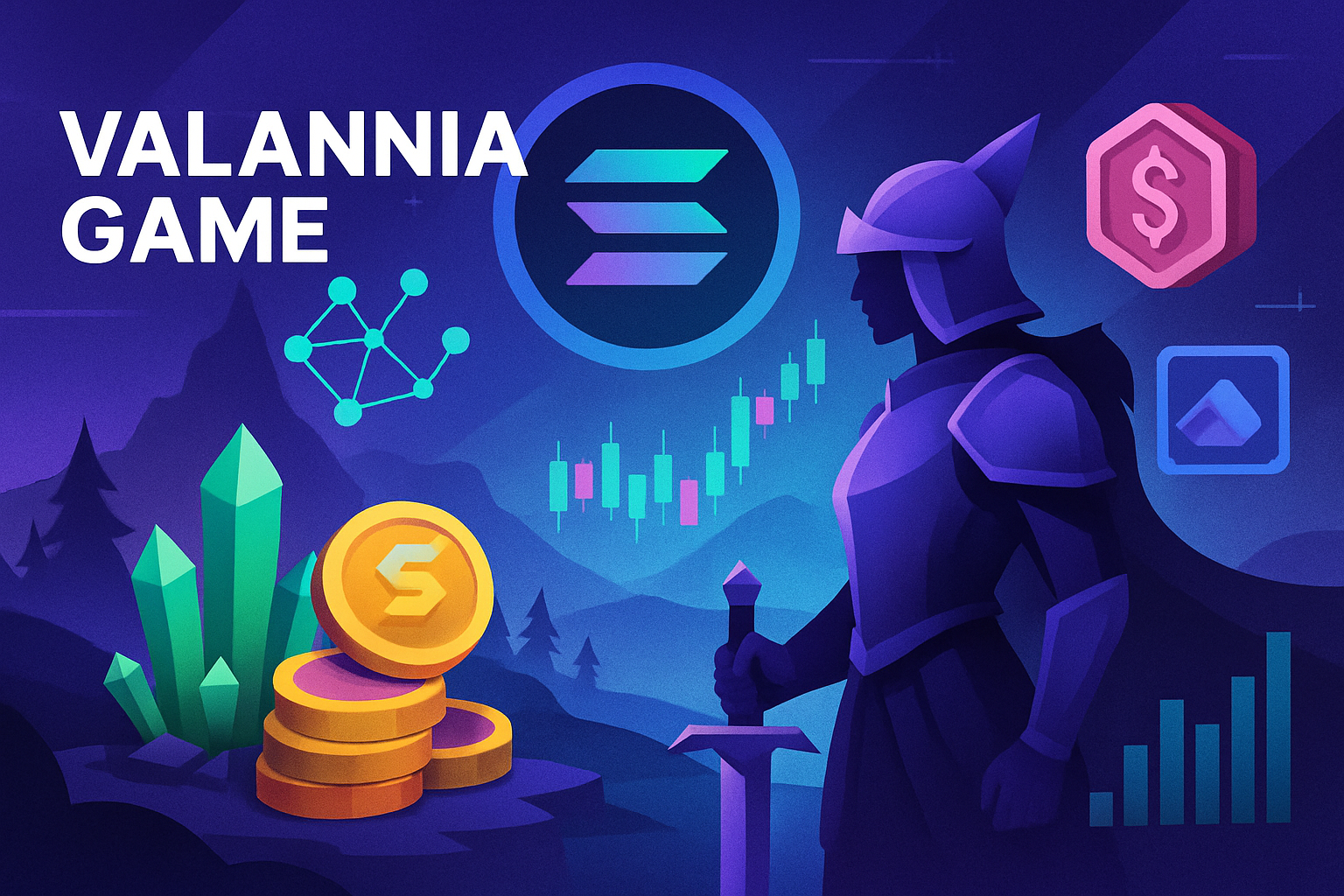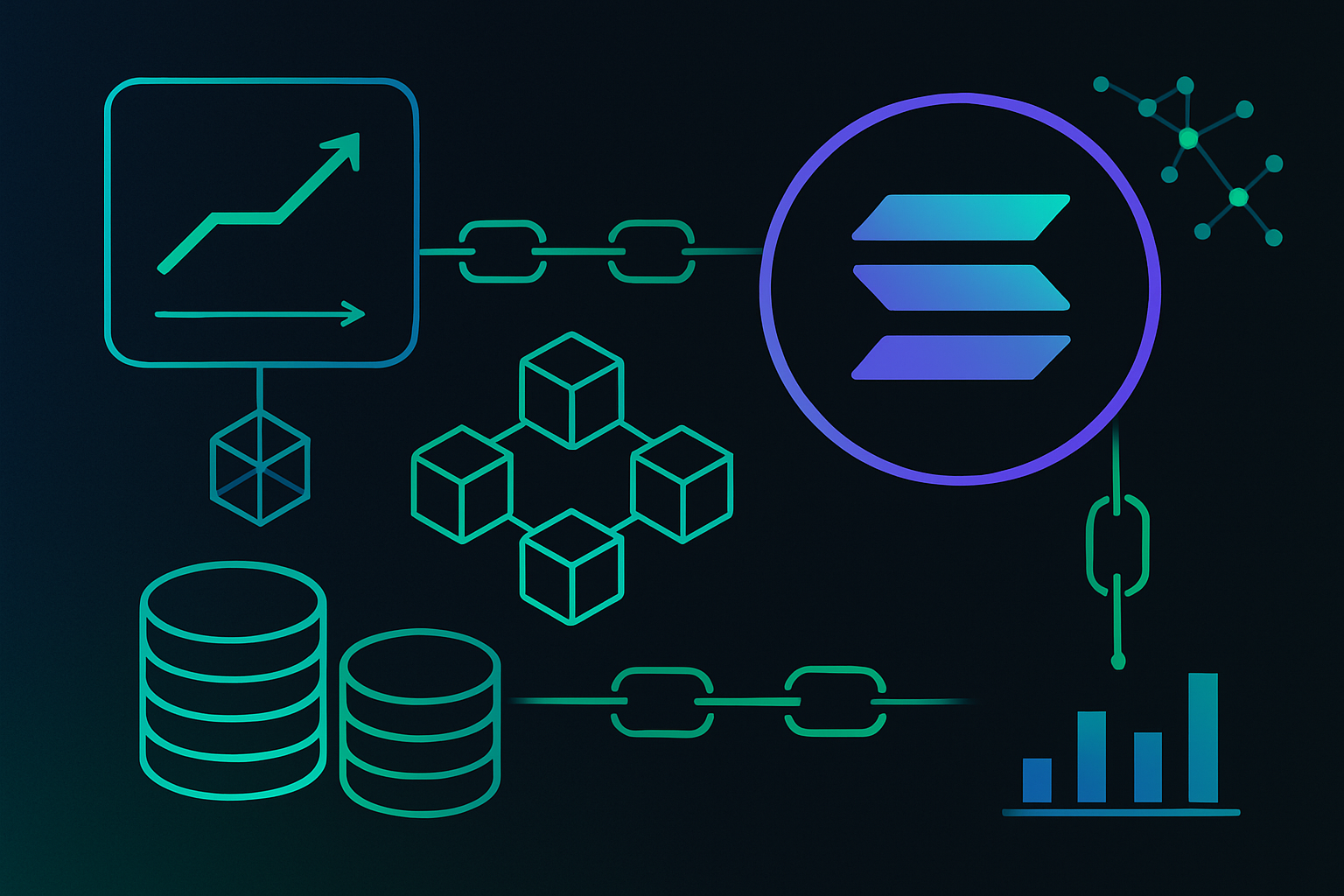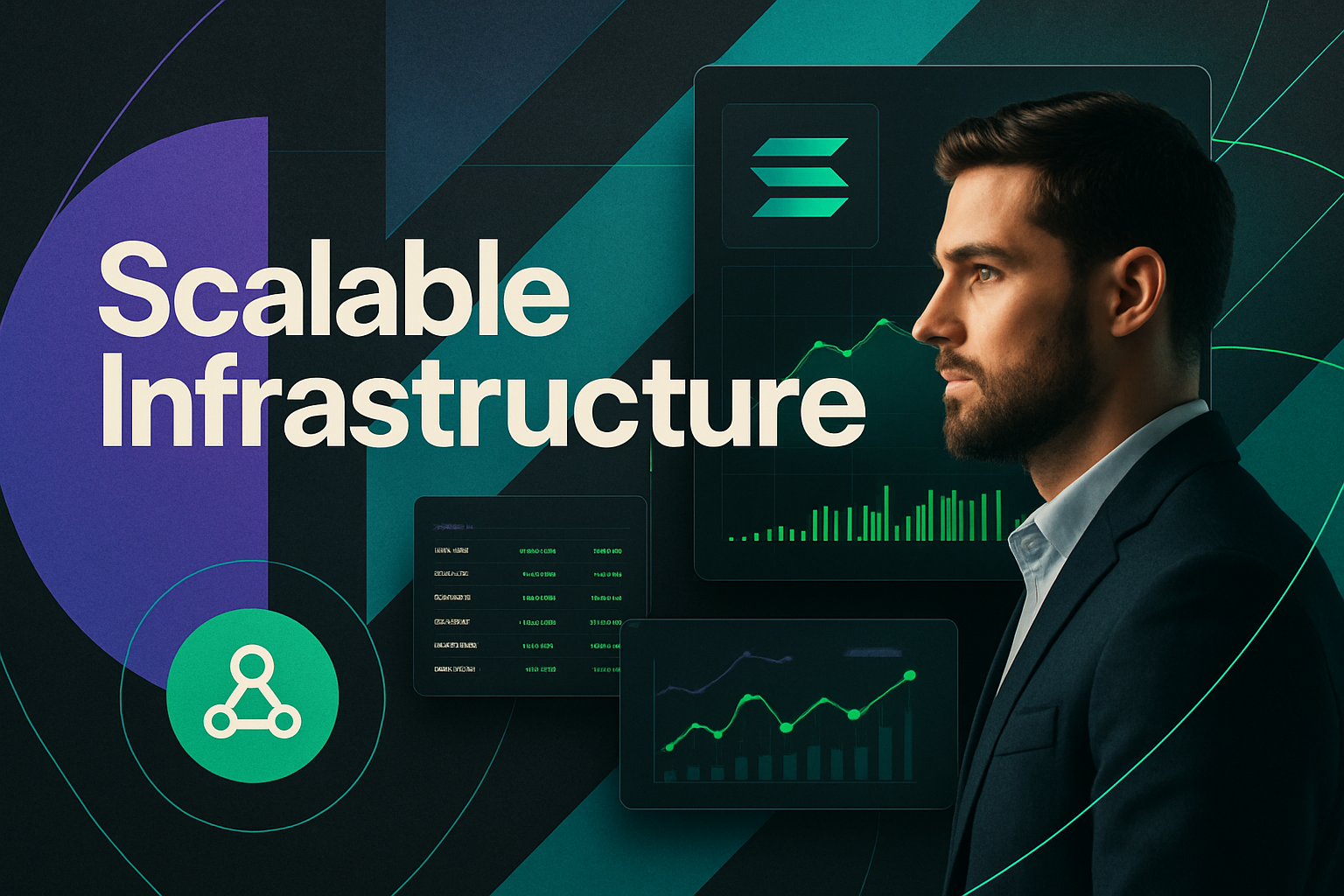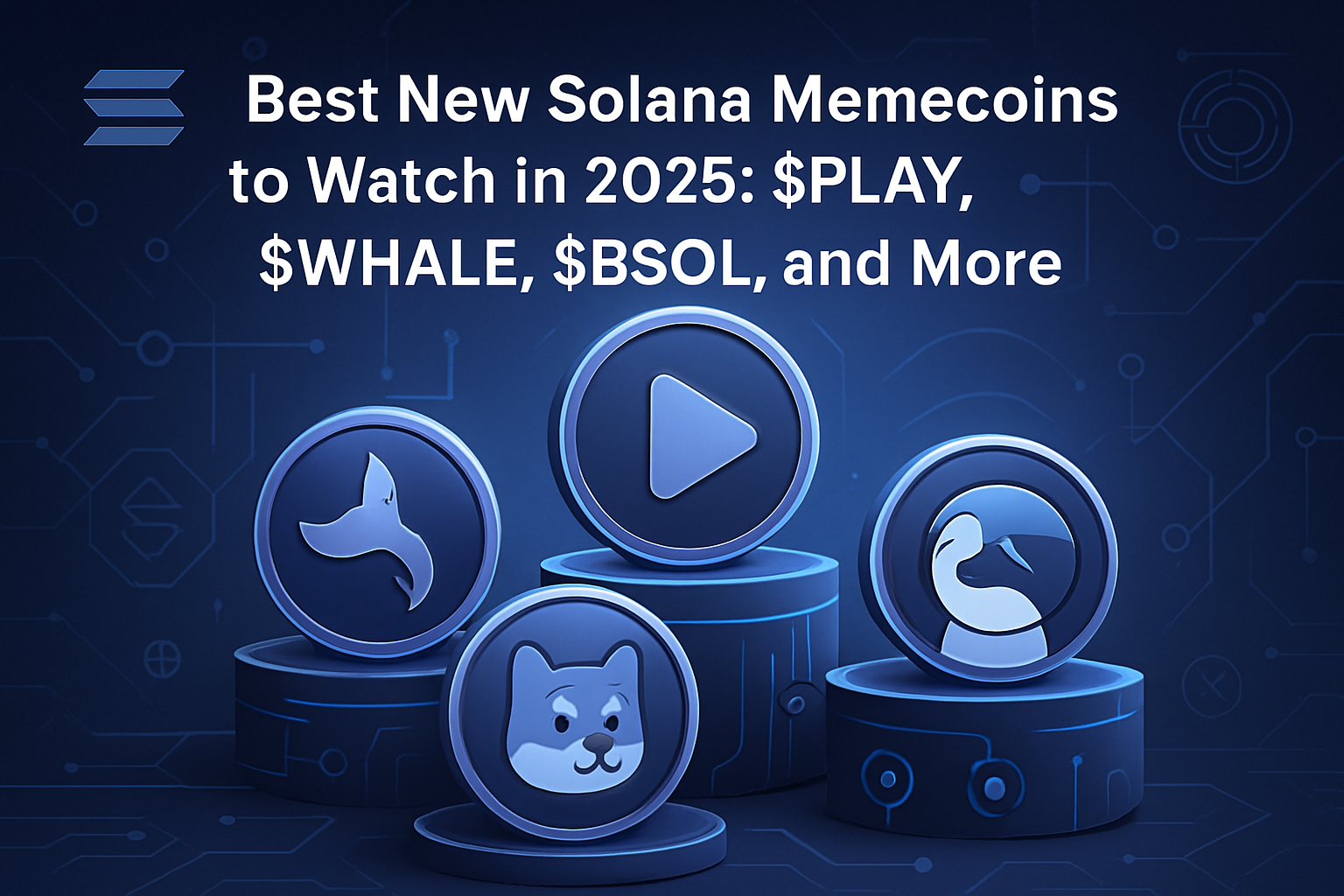How Prop AMMs Are Transforming Solana DeFi: A Visual Guide to Sub-Basis Point Trading

In the rapidly evolving world of decentralized finance, Solana has emerged as a hotbed for innovation, efficiency, and liquidity. The latest breakthrough? Proprietary Automated Market Makers (Prop AMMs), which are fundamentally reshaping how liquidity is provided and trades are executed on-chain. With Solana’s native token (SOL) currently priced at $163.13, this new wave of AMM technology is powering sub-basis point trading and setting new standards for capital efficiency across the ecosystem.
What Are Prop AMMs and Why Do They Matter?
The traditional Automated Market Maker (AMM) model made DeFi accessible by allowing anyone to provide liquidity in exchange for trading fees. However, standard AMMs distribute capital uniformly across all price ranges, often leading to inefficient use of assets and wider bid-ask spreads. Prop AMMs take a different approach: they enable liquidity providers to target specific price intervals, concentrating their assets where trading activity is highest.
This shift isn’t just theoretical. Platforms like GooseFX have demonstrated the power of concentrated liquidity through their Concentrated Liquidity Market Maker (CLMM) pools. In just two months post-launch, GooseFX CLMMs facilitated over $69 million in trading volume, a testament to both market demand and the practical benefits of this model.
Solana’s Edge: Sub-Basis Point Trading Becomes Reality
One of the most compelling outcomes of Prop AMM adoption on Solana is the arrival of sub-basis point trading. Thanks to Solana’s high throughput and near-zero transaction costs, bid-ask spreads on major DEXes have compressed dramatically, often below one basis point (0.01%). This means traders can execute large orders with minimal slippage, while liquidity providers see their capital deployed more effectively than ever before.
This ultra-tight spread environment is not just a technical achievement; it’s transforming user expectations around cost and execution quality across DeFi platforms. For example, Raydium’s blend of automated market making with central limit order book (CLOB) depth leverages Solana’s speed to create deeper, more resilient markets, further narrowing spreads and enhancing stability.
Visualizing Liquidity: Dashboards That Power Decision-Making
The complexity of Prop AMMs demands new tools for users to understand liquidity dynamics in real time. Fortunately, the Solana ecosystem offers a suite of dashboards, such as those from Step Finance and Blockworks, that aggregate data on network performance, pool depth, DEX activity, and more. These visualizations help both retail participants and institutional players analyze where concentrated liquidity sits, how it shifts during volatility spikes, and which pools offer optimal risk-adjusted returns.
Top Visual Dashboards for Tracking Solana DeFi Liquidity Pools
-
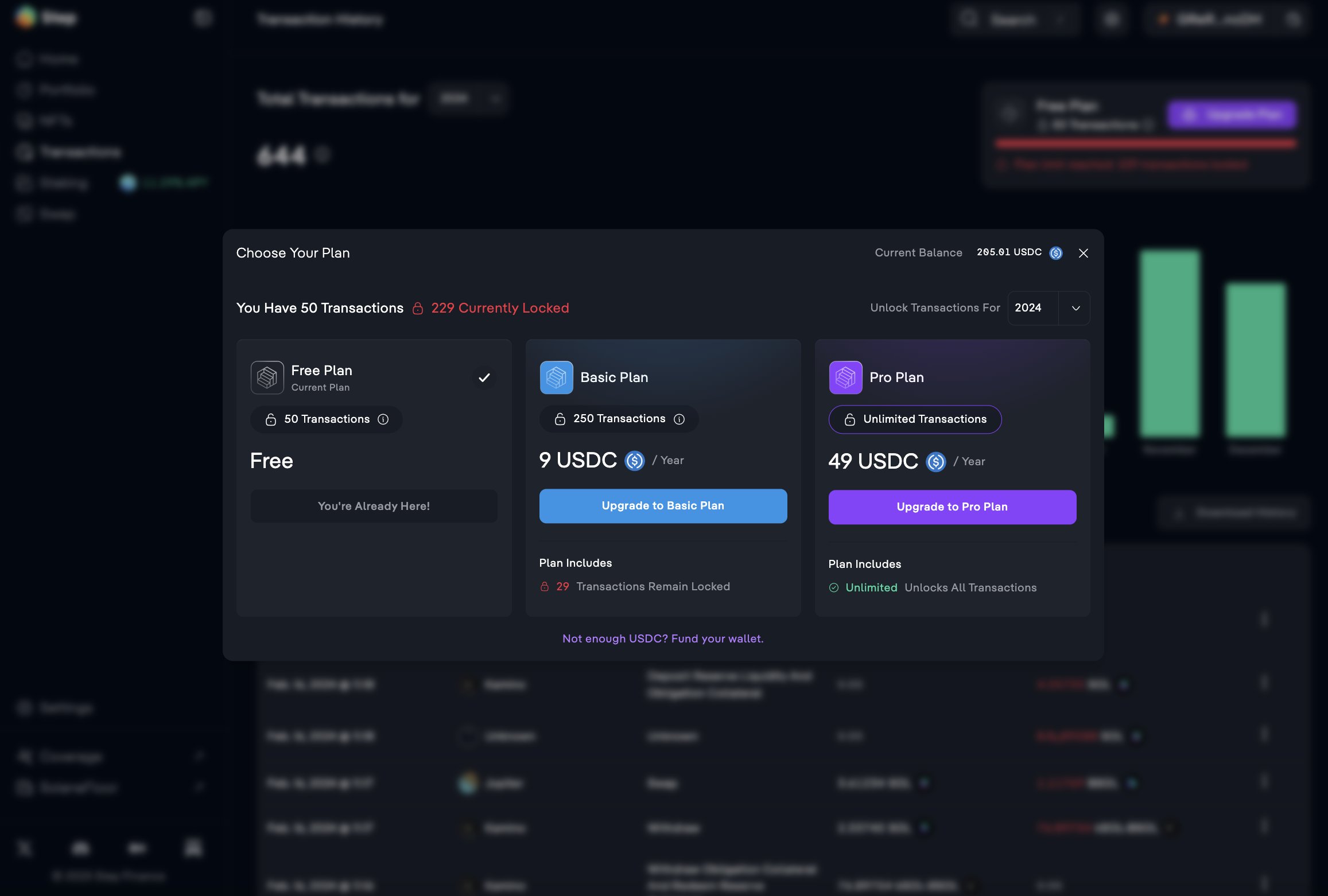
Step Finance: The flagship Solana dashboard, Step Finance provides real-time visualization of liquidity pools, portfolio analytics, and transaction aggregation across all major Solana DeFi protocols. Its intuitive interface lets users monitor positions, yields, and pool performance in one place.
-
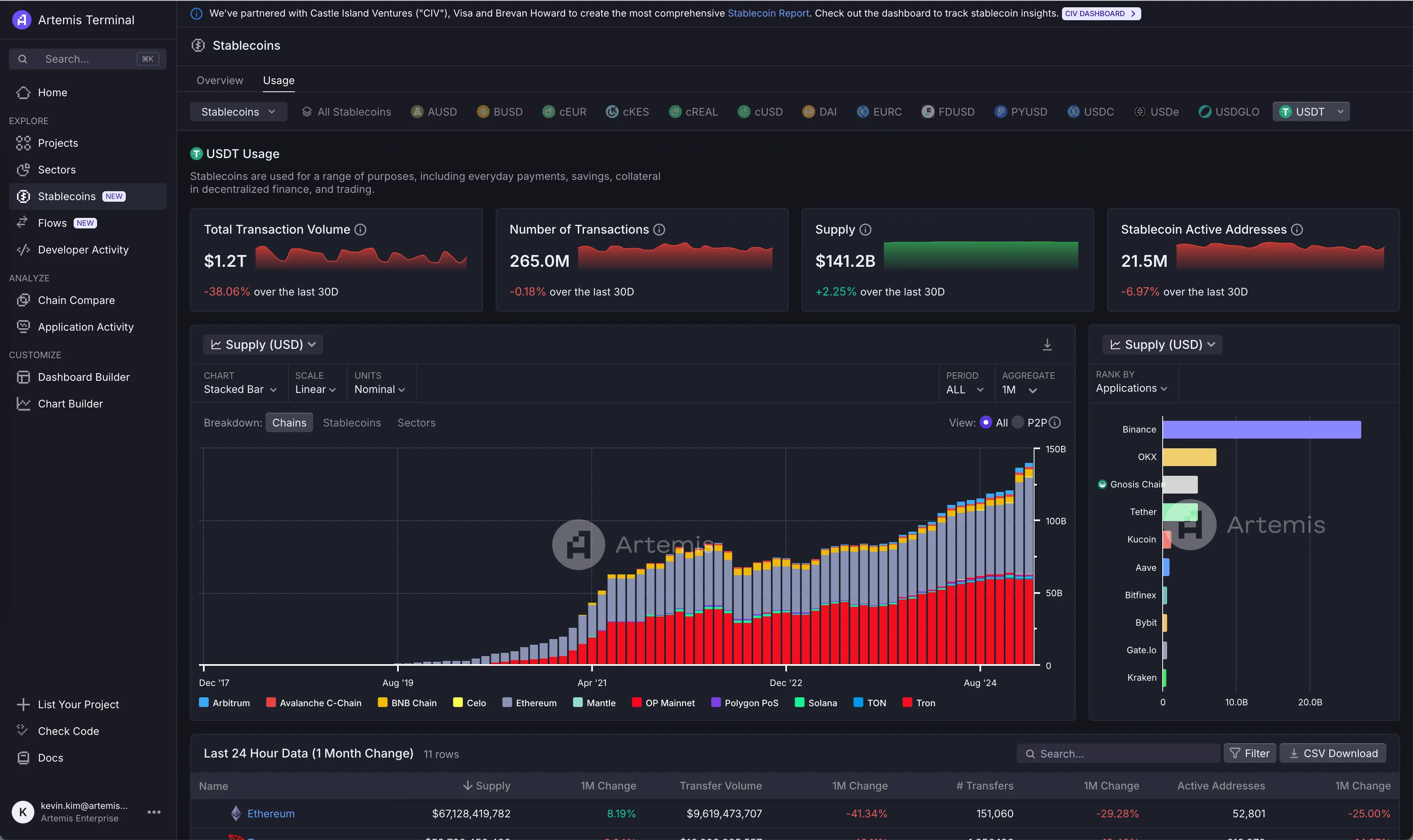
Flipside Crypto: Solana Dashboards: Flipside Crypto offers a suite of community-driven dashboards that track Solana liquidity pools, DEX volumes, and protocol-specific analytics. Users can explore and customize data visualizations for in-depth DeFi analysis.
-
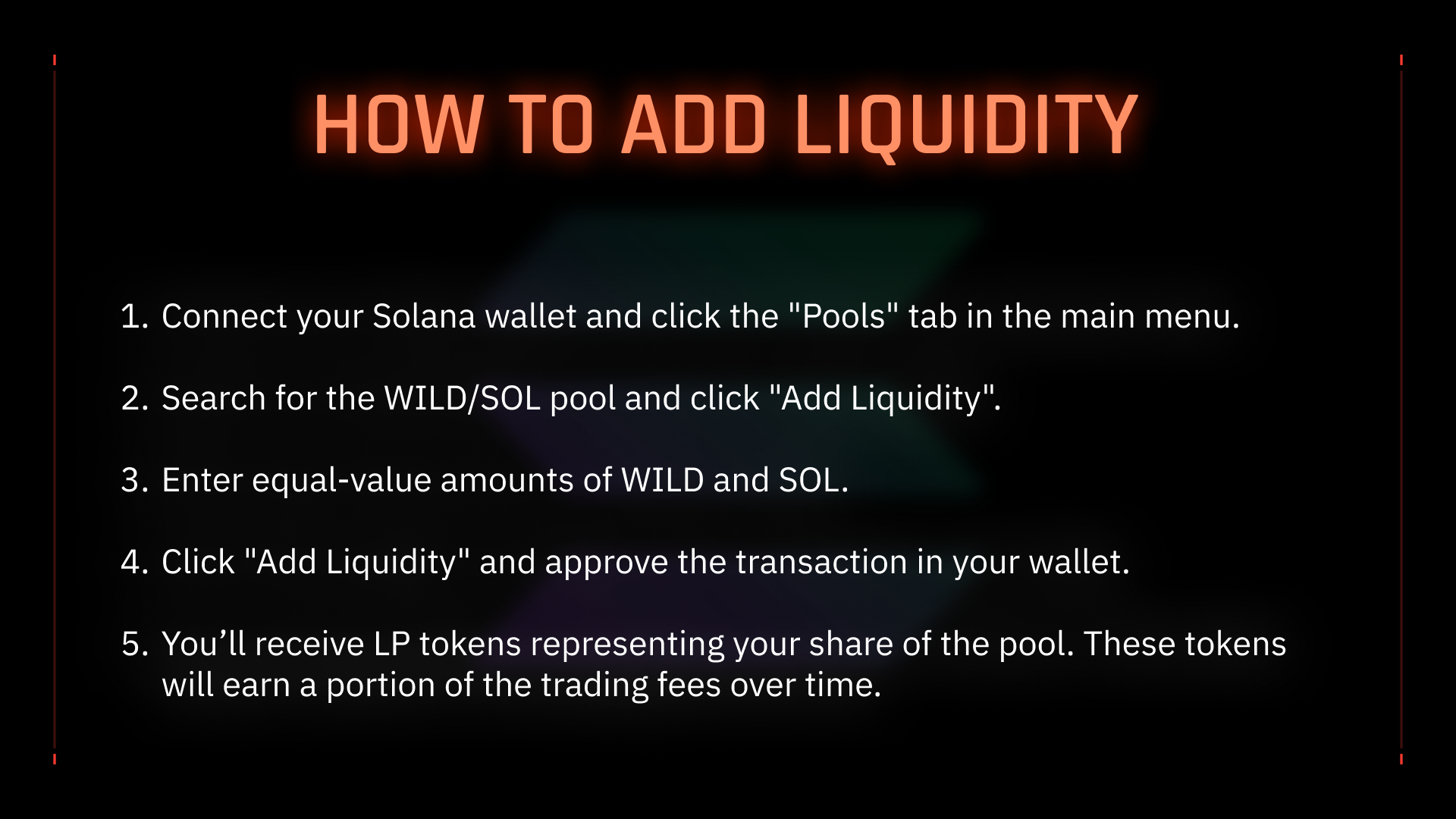
Solana Beach: Solana Beach delivers a comprehensive dashboard for monitoring Solana network activity, including liquidity pool statistics, validator performance, token flows, and transaction histories.
-
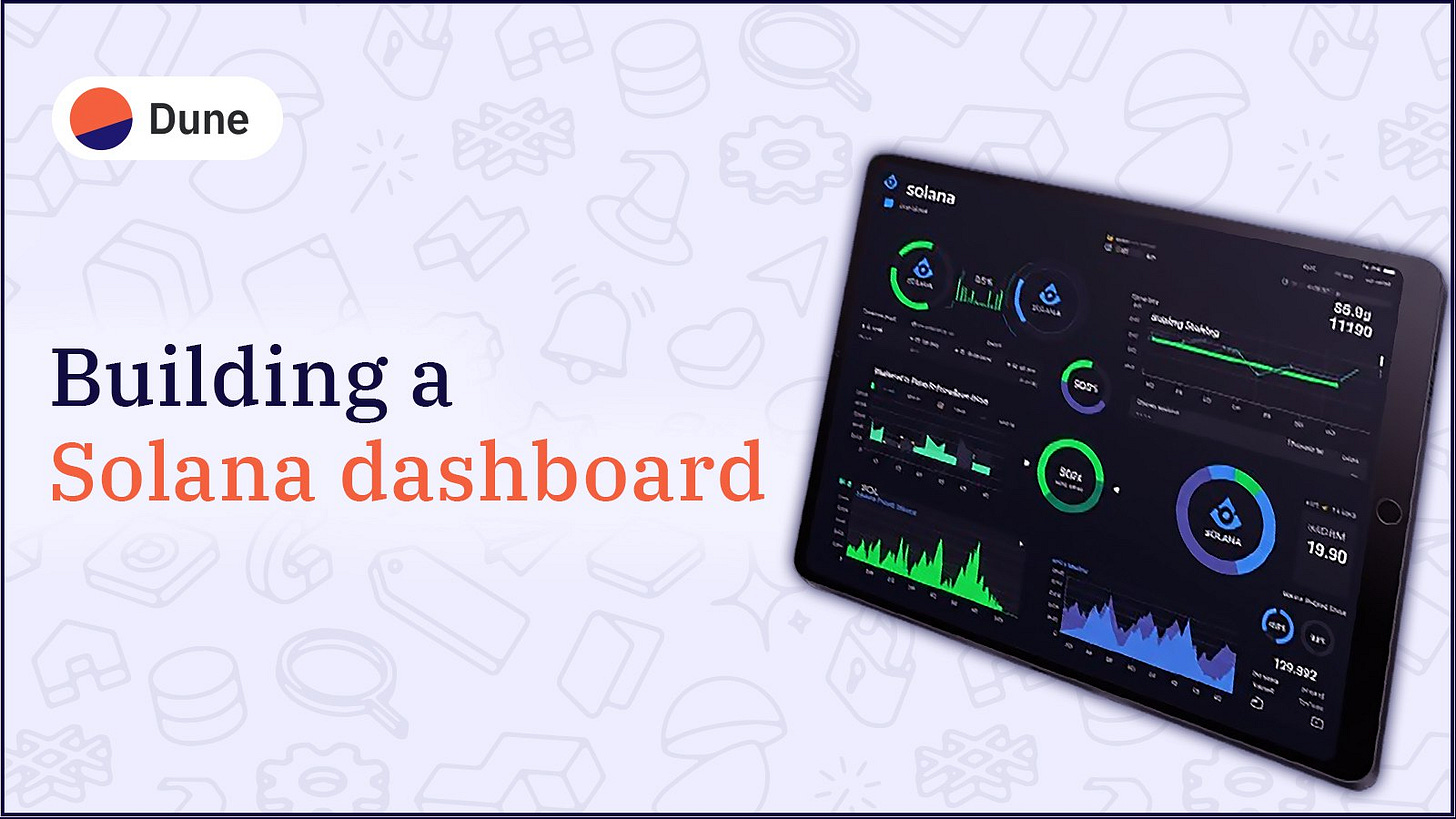
Raydium Analytics: As Solana’s leading AMM, Raydium features an analytics dashboard with detailed insights into liquidity pools, trading volumes, and yield farming opportunities, making it a go-to resource for DeFi participants.
-
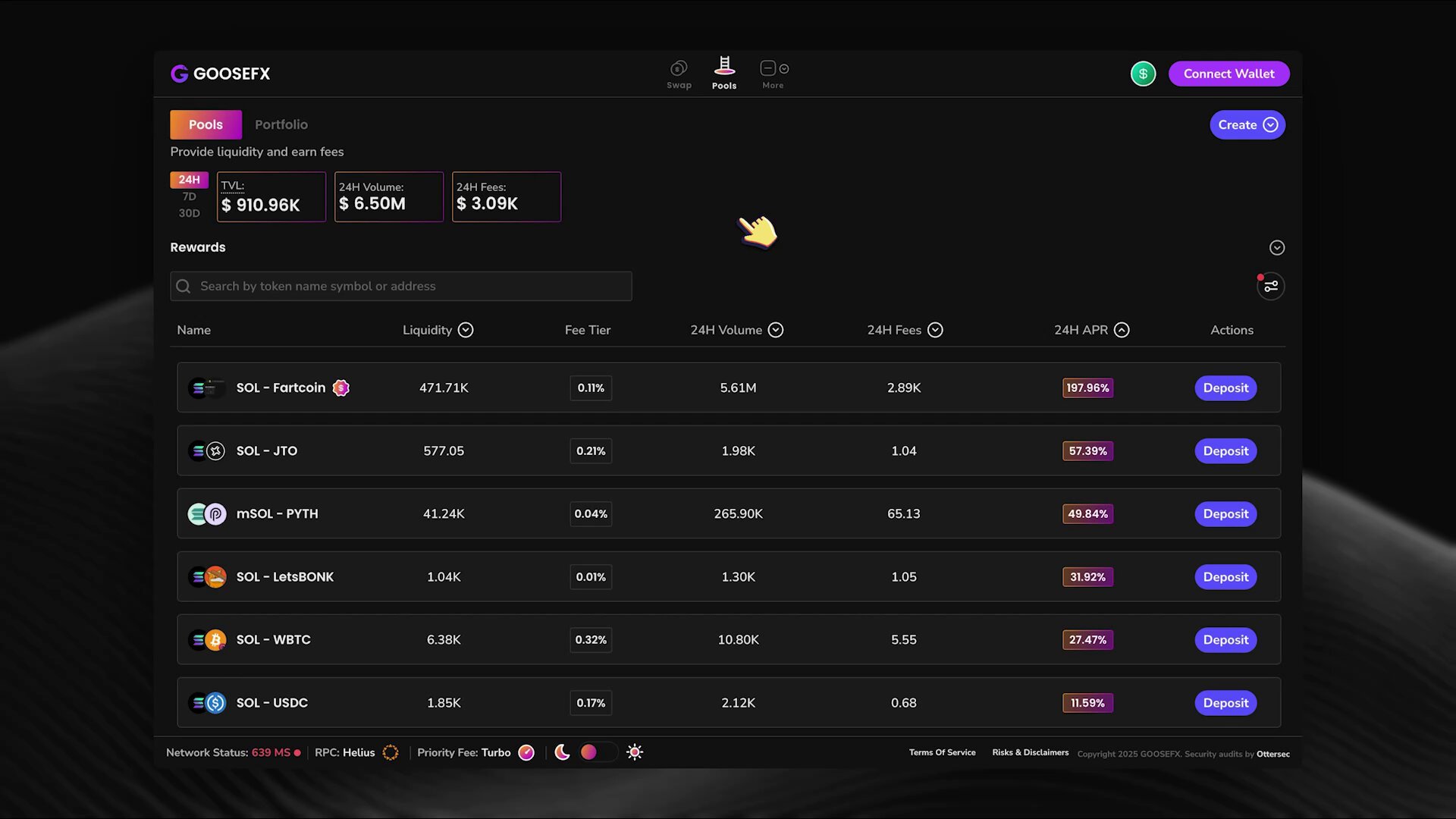
GooseFX Analytics: GooseFX provides a visual dashboard for its Concentrated Liquidity Market Maker (CLMM) pools, allowing users to track liquidity distribution, trading volumes, and real-time pool performance as Prop AMMs gain traction.
This data-driven approach empowers users to make informed decisions about providing or utilizing liquidity, crucial as strategies become more sophisticated in a Prop AMM-dominated landscape.
The Capital Efficiency Revolution: How Prop AMMs Unlock More Value
The key advantage driving this transformation is enhanced capital efficiency. By focusing assets within defined price bands rather than spreading them thinly across all possible prices, Prop AMMs ensure that every dollar works harder. This translates into higher fee earnings for LPs when markets are active within their chosen bands, and less idle capital sitting unproductive during periods of low volatility.
Solana (SOL) Price Prediction 2026-2031
Based on current market trends, DeFi innovation (Prop AMMs), and Solana ecosystem growth as of August 2025. All prices in USD.
| Year | Minimum Price (Bearish Scenario) | Average Price (Base Case) | Maximum Price (Bullish Scenario) | Year-over-Year % Change (Avg) |
|---|---|---|---|---|
| 2026 | $130.00 | $185.00 | $260.00 | +13% |
| 2027 | $150.00 | $210.00 | $320.00 | +14% |
| 2028 | $165.00 | $245.00 | $390.00 | +17% |
| 2029 | $180.00 | $270.00 | $450.00 | +10% |
| 2030 | $170.00 | $295.00 | $525.00 | +9% |
| 2031 | $160.00 | $330.00 | $600.00 | +12% |
Price Prediction Summary
Solana (SOL) is projected to experience steady growth through 2031, driven by ongoing DeFi innovation (notably Prop AMMs), increased adoption, and improved capital efficiency. The average price is expected to rise from $185.00 in 2026 to $330.00 by 2031. Bullish scenarios could see SOL testing the $600.00 level if ecosystem expansion and user adoption accelerate, while bearish scenarios (regulatory hurdles, competition) could see prices retesting support zones near $130.00-$160.00. Overall, Solana’s robust DeFi infrastructure and technological edge position it well for long-term appreciation, though volatility and market cycles remain key risks.
Key Factors Affecting Solana Price
- Adoption of Prop AMMs and concentrated liquidity models, driving greater capital efficiency and lower trading costs.
- Growth in Solana DeFi ecosystem, with increased DEX volumes and new protocols attracting users and liquidity.
- Broader crypto market cycles, including potential bull/bear markets and macroeconomic influences.
- Regulatory clarity or uncertainty affecting DeFi and Layer 1 blockchains.
- Technological improvements in Solana’s scalability, network uptime, and ecosystem tooling.
- Competition from other Layer 1 blockchains (e.g., Ethereum, Avalanche) and the evolving regulatory landscape.
- Potential for new use cases beyond DeFi, such as NFTs, gaming, and real-world applications.
Disclaimer: Cryptocurrency price predictions are speculative and based on current market analysis.
Actual prices may vary significantly due to market volatility, regulatory changes, and other factors.
Always do your own research before making investment decisions.
As more platforms integrate Prop AMM models, and as analytics tools become richer, the race is on to capture value from these hyper-efficient markets. The next half of this article will explore how traders can adapt strategies for concentrated liquidity environments, examine emerging risks unique to Prop AMMs on Solana, and spotlight further innovations shaping DeFi in 2025.
For liquidity providers and traders alike, the shift to Prop AMMs on Solana is more than just a technical upgrade, it’s a strategic opportunity. Concentrated liquidity means that sophisticated participants can tailor their exposure, dynamically adjust ranges as market conditions evolve, and potentially capture outsized returns compared to legacy AMM models. However, the new landscape also introduces unique risks and demands a deeper understanding of market structure and on-chain analytics.
Adapting Strategies for Concentrated Liquidity Environments
The flexibility of Prop AMMs enables nuanced strategies that were previously impractical. For instance, LPs can now focus their capital within tight price intervals around major support or resistance levels, mirroring tactics used by professional market makers in traditional finance. The result? Enhanced fee generation when price action remains within these bands, but also heightened impermanent loss risk if prices move sharply beyond them.
To navigate this terrain, many seasoned DeFi users are leveraging real-time dashboards from platforms like Step Finance and Flipside Crypto to track pool utilization, volume surges, and volatility clusters. These tools provide actionable intelligence for adjusting positions proactively rather than reactively, a critical edge in markets where spreads are routinely sub-1bp and capital efficiency is paramount.

Emerging Risks: What to Watch Out For
While Prop AMMs offer compelling benefits, they also introduce challenges that demand vigilance:
- Range Selection Risk: Concentrating liquidity too narrowly exposes LPs to missed opportunities or rapid drawdowns if price breaks out of the chosen band.
- Volatility Sensitivity: Highly efficient pools can see swift shifts in depth during periods of extreme volatility, potentially leading to wider spreads or temporary illiquidity.
- Strategic Complexity: Effective use of Prop AMMs requires continuous monitoring and adjustment; passive strategies may underperform unless actively managed.
The most successful participants are those who blend data-driven insights with disciplined risk management, balancing yield potential against the possibility of impermanent loss or adverse selection.
The Road Ahead: Innovations Shaping Solana DeFi in 2025
Looking forward, the integration of Prop AMM technology is only accelerating. Platforms are experimenting with hybrid models that combine concentrated liquidity with dynamic rebalancing algorithms, aiming to further reduce manual intervention while optimizing returns. At the same time, composability across Solana’s DeFi stack allows for seamless routing between traditional AMMs, CLOBs like Raydium’s, and cutting-edge Prop AMM pools, all at blazing speeds thanks to Solana’s underlying architecture.
This competitive arms race is attracting both institutional capital and a new wave of quant-driven retail traders eager to exploit microstructure inefficiencies. With SOL holding steady at $163.13, the ecosystem continues to showcase its resilience, even as broader crypto markets remain volatile.
The upshot? As visual analytics become more powerful and user-friendly, and as platforms like GooseFX refine their CLMM offerings, the bar for success rises across the board. Whether you’re an LP seeking alpha or a trader hunting for razor-thin execution costs, understanding how Prop AMMs work (and how they’re visualized in real time) is now table stakes for serious participation in Solana DeFi.

